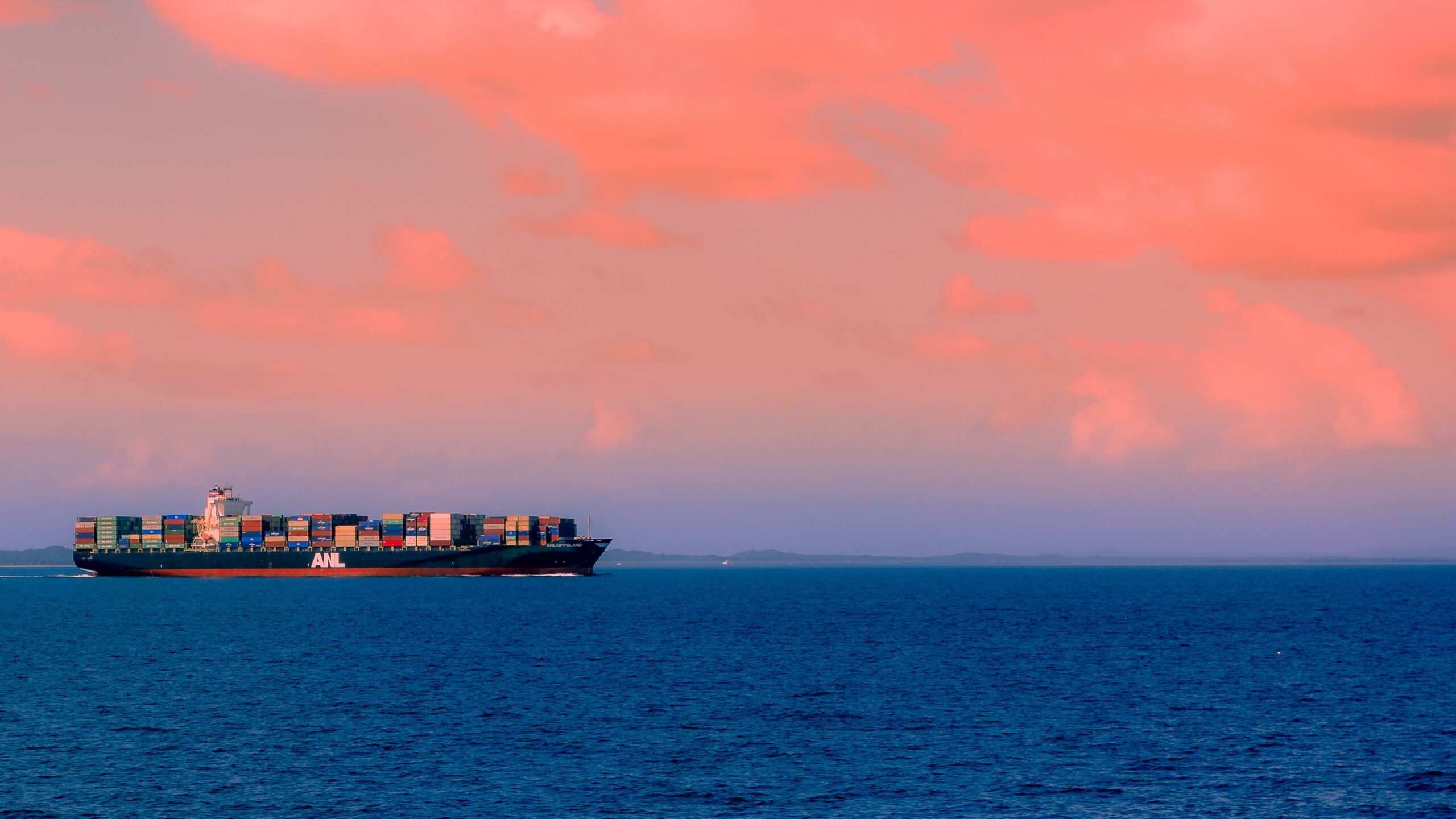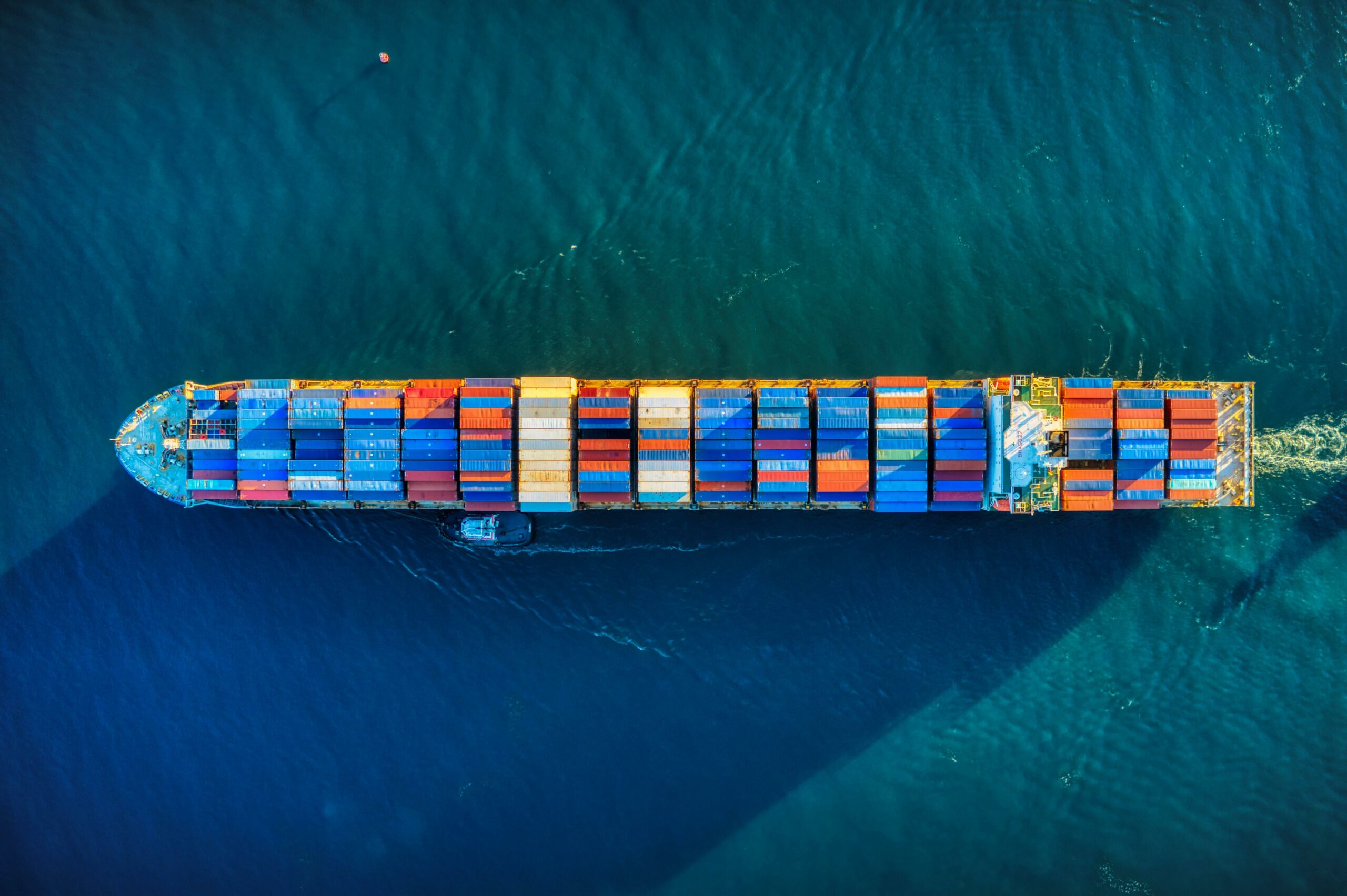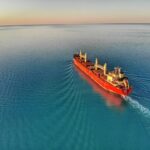Prepare to be amazed as we plunge into the vast depths of the maritime world, where ships reign supreme and size knows no limits. In this riveting voyage, we will embark on a quest to uncover the answer to a question that has piqued the curiosity of generations: “How big is a ship?” As a seasoned maritime journalist with a passion for all things ships, I have delved into the intricacies of ship design and functionality, deciphering the complex world of naval engineering. Join me on this educational journey as we navigate through the colossal proportions, awe-inspiring dimensions, and mind-boggling statistics that define the magnificent vessels that traverse our oceans. Brace yourself for a captivating adventure that will leave you in awe of the remarkable engineering feats that allow these maritime giants to conquer the seas.

How Big Is A Ship?
Have you ever wondered about the sheer size of ships? These majestic vessels come in various shapes and forms, serving different purposes across the vast oceans. Let’s embark on a journey to discover just how big ships can really be.
Size Classification: From Boat to Ship
We often use the terms “boat” and “ship” interchangeably, but did you know that there’s a technical distinction? A boat becomes a ship once it exceeds a length of 100 feet or can fit another boat. This length criterion ensures that ships have the capacity to carry significant loads and navigate the open seas with stability.
Gaze upon our vast oceans, and you’ll encounter a multitude of ships, each one meticulously designed to serve a specific purpose. From cargo carriers and tankers to passenger vessels and warships, there’s a ship for every maritime task.
The Weighty Measure: Gross Tonnage
If size is the subject, then weight becomes a significant factor. Ships are measured using a unit called gross tonnage (GT). This metric takes into account the internal and external spaces of a ship to determine its carrying capacity. One gross ton is equivalent to 100 cubic feet.
With this measurement in mind, we can dive into the world of ships and explore their immense proportions. Feel the sense of awe as you witness these engineering marvels scale the oceans.
Taking a Closer Look: Different Ship Types
Now that we know the basics, it’s time to delve into the dimensions of various ship types. Let’s explore some of the most common categories:
Aframax: These ships belong to the “medium range” category and typically have a length of about 850 feet. With their capacity to carry up to 120,000 deadweight tons, Aframax ships play a crucial role in transporting petroleum products across the globe.
Chinamax: As the name suggests, Chinamax ships refer to vessels specifically designed to navigate the waters of China. These giants can reach an incredible length of up to 1,515 feet, accommodating a massive deadweight tonnage of 400,000 tons.
Handymax: Falling into the “smaller” category, Handymax ships have a more modest size. They typically measure around 590 feet in length and can carry up to 60,000 deadweight tons. These versatile vessels transport a wide range of goods, including grains, coal, and ores.
Suezmax: These ships are named after their capacity to traverse the Suez Canal. With a maximum length of approximately 1,181 feet, Suezmax vessels transport large amounts of crude oil and petroleum products. Their carrying capacity can range from 120,000 to 200,000 deadweight tons.
Capesize: Prepare to be amazed by these colossal giants. Capesize ships are too large to traverse the Panama or Suez Canals, hence their designation as “Capesize.” These behemoths measure around 1,181 feet in length and possess an immense carrying capacity of up to 400,000 deadweight tons. They are primarily used for transporting bulk cargo such as iron ore and coal.
As we voyage through this ocean of ship sizes and types, we witness the tremendous scale these vessels can achieve.
Ships come in all shapes and sizes, each tailored to fulfill specific requirements. From the relatively smaller Handymax ships to the colossal Capesize giants, the shipping industry has mastered the art of crafting vessels that can conquer the world’s seas.
Ships in History: Catalysts of Exploration and Trade
Throughout history, ships have been instrumental in advancing exploration, trade, warfare, migration, colonization, and science. These floating wonders have bridged gaps between nations, unlocking new opportunities and creating connections across the globe. Whether it was Magellan’s circumnavigation, the Silk Road trade routes, or the modern-day globalization, ships have always played a vital role.
From the days of yore to the modern era, ships have stood as guardians of our maritime heritage, enabling us to boldly explore the unknown, connect diverse cultures, and propel the wheels of progress.
In conclusion, the question “How big is a ship?” is not one easily answered. Ships can range from a hundred feet to over a thousand feet in length, carrying thousands or even hundreds of thousands of tons. Each ship tells a tale of human innovation and determination, showcasing the ingenuity of naval architecture and the immensity of the world’s oceans.
So, the next time you witness a ship majestically sailing across the horizon, take a moment to marvel at the vastness of its size and the wonders it holds within.
Ships have always held an air of mystique, carrying with them tales of adventure, exploration, and ingenuity. If you’re curious to learn more about these fascinating vessels, we have compiled a collection of intriguing facts about ships. From the largest and most technologically advanced to the majestic historical vessels that have left a lasting legacy, our facts about ships will take you on a journey through maritime history. Venture forth and discover the captivating world of ships by clicking here: facts about ships. Let your curiosity set sail!
How Big Is A Ship?
Have you ever wondered about the size of ships? They are colossal vessels that hold immense power and capability. From the size of ships to their dimensions and measurement, they are truly a marvel of engineering. If you are curious to learn more, click the following links to explore further:
size of ships: Discover the various sizes of ships and how they are classified based on their tonnage and capacity. From small yachts to massive cargo ships, this article delves into the fascinating world of ship sizes.
dimensions of ships: Dive into the intricate details of ship dimensions, including length, width, and height. Explore how these measurements impact a ship’s stability, maneuverability, and overall functionality.
measurement of ships: Uncover the different methods and tools used to measure ships accurately. Learn about displacement, deadweight tonnage, and other essential measurements that are crucial in understanding a ship’s capabilities.
Whether you are a maritime enthusiast or simply curious about the vast world of ships, these links will provide you with a wealth of information. Let your curiosity sail and embark on a captivating journey into the fascinating realm of ship sizes, dimensions, and measurements.
The Mighty Ships that Transport Your Belongings: Exploring the World of Containerization
[youtube v=”FN3VFgG922A”]
Meet the Giants that Safely Carry Your Products Across Oceans
In this era of global trade, where goods seamlessly travel from one corner of the world to another, container ships have emerged as the unsung heroes powering the engine of our global economy. These enormous vessels, far surpassing the size of any building on land, have revolutionized the way products are transported, driving down costs, increasing efficiency, and expanding consumer access to a vast array of goods.
A Brief History of Containerization: From Nightmare to Innovation
Just a few decades ago, the shipping industry faced numerous challenges. The process of unloading and reloading goods at ports was laborious, time-consuming, and costly. It also left items vulnerable to damage and theft. However, in 1956, a visionary American trucking executive named Malcolm McLean introduced a game-changing concept: containerization.
McLean demonstrated that by loading truck containers directly onto ships, time and money could be saved. This breakthrough not only streamlined the shipping process, but also caught the attention of the US government, which saw its potential in efficiently supplying the military during the Vietnam War. Containerization became increasingly recognized as a highly efficient method of shipping goods.
Exploding Growth: Standardization and Gigantic Ships
Standardization played a pivotal role in the rapid growth of container shipping. Most containers used today are measured in TEUs (Twenty-Foot Equivalent Units), with the standard length of 20 feet. Shippers quickly realized that larger ships offered significant cost savings per container, sparking exponential growth in ship size.
In 1999, a shipping executive predicted that the ceiling for ship capacity would be around 12,000 TEUs. However, the largest container ship to date, the MSC Oscar, boasts a staggering capacity of over 19,000 TEUs. To accommodate these massive vessels, ports have undergone extensive reconstruction, with sprawling yards and gargantuan cranes capable of loading and unloading containers simultaneously in a specific order.
The Enormous Ships that Redefined Trade
Today, these colossal ships, such as the MSC Oscar, have become a common sight on the high seas. They play a vital role in connecting continents, specifically Europe and Asia, since they are too large to navigate through the Panama or Suez Canals. The impact they have had on the global economy cannot be overstated.
Containerization and the advent of mammoth-sized ships have transformed the world of trade. Global merchandise and trade have soared, while inventory costs and insurance premiums have significantly decreased. The ripple effects of this transformative shipping method have been profound, with factories closing and jobs decreasing in the US, while consumers enjoy access to a wider range of goods at lower prices. It has enabled products to be created with components from multiple countries, fueling greater interconnectedness and interdependence among nations.
A Revolution of Innovation and Boundless Potential
Container ships are a testament to human innovation and our ability to conquer the vast, unforgiving oceans of our planet. They have not only facilitated global trade but have also shaped the world in ways we could have never imagined. From exploration to colonization, from warfare to migration, ships have been at the heart of some of humanity’s most pivotal moments.
As we continue to ride the wave of containerization, it is clear that these enormous vessels will remain an essential part of our interconnected world. They carry our belongings, connecting people, cultures, and economies across continents. The impact they have on our lives is immeasurable, and it is difficult to imagine a globalized world without them.
Containerization has transformed the world, driving global trade and unlocking boundless possibilities. These massive ships have reshaped our economies, bringing consumers closer to a world of diverse products while revolutionizing the way we transport goods.
FAQ
Question 1: What determines if a boat is classified as a ship?
Answer 1: A boat is classified as a ship when it exceeds a length of 100 feet or if it has the capacity to fit another boat. Additionally, a vessel that weighs at least 500 tonnes or more is technically categorized as a ship.
Question 2: How big is the average cruise ship?
Answer 2: The average size of a cruise ship is approximately 1,000 feet in length, which is equivalent to about three football fields. These enormous vessels provide luxurious accommodations and a wide range of amenities for passengers to enjoy during their voyage.
Question 3: How are ships measured?
Answer 3: Ships are typically measured by their gross tonnage (GT), which is a measurement of the overall internal volume of the ship. This measurement takes into account the total enclosed space, including cargo holds, passenger areas, and crew accommodations.
Question 4: What are some different types of ships?
Answer 4: There are various types of ships designed for specific purposes. Some examples include Aframax, Chinamax, Handymax, Suezmax, and Capesize vessels. These types of ships differ in terms of their size, capacity, and capabilities, catering to different trade routes and cargo requirements.
Question 5: How have ships influenced historical events and activities?
Answer 5: Throughout history, ships have played a crucial role in diverse areas such as exploration, trade, warfare, migration, colonization, and scientific research. They have facilitated the expansion of civilizations, enabled the exchange of goods and ideas between cultures, and supported important discoveries and advancements in various fields.
- China II Review: Delicious Food & Speedy Service - April 17, 2025
- Understand Virginia’s Flag: History & Debate - April 17, 2025
- Explore Long Island’s Map: Unique Regions & Insights - April 17, 2025
















